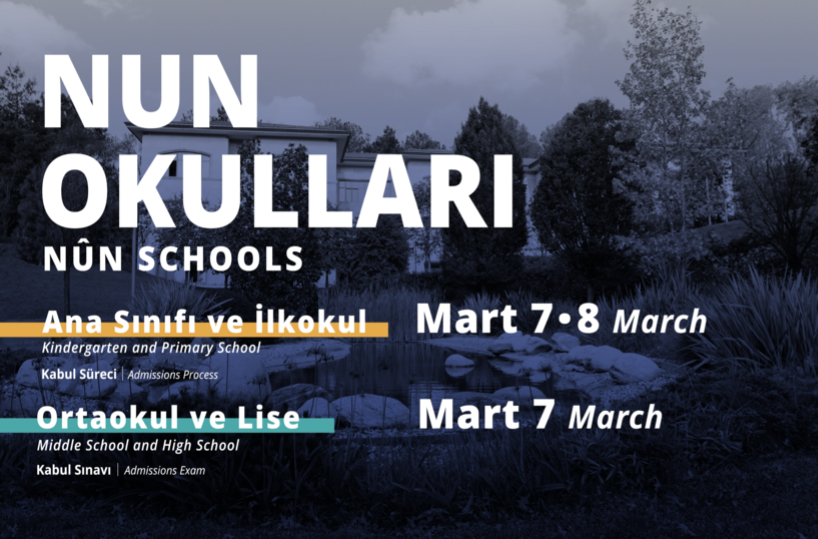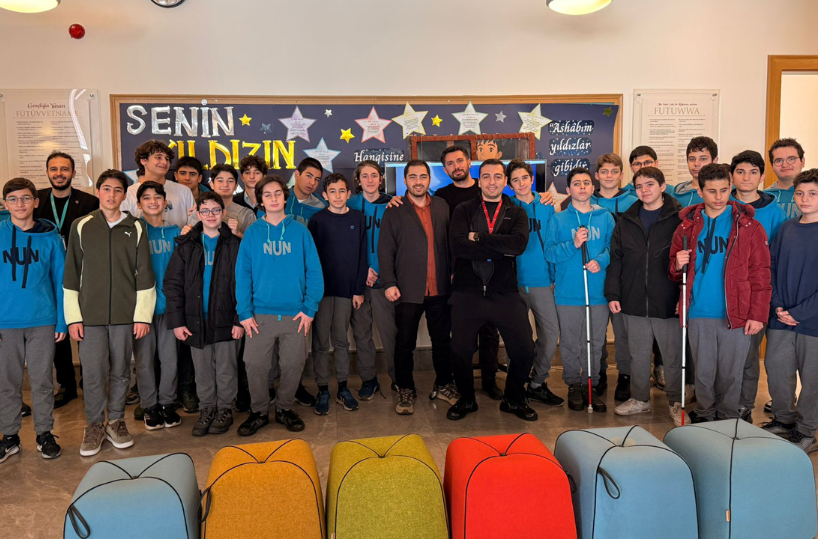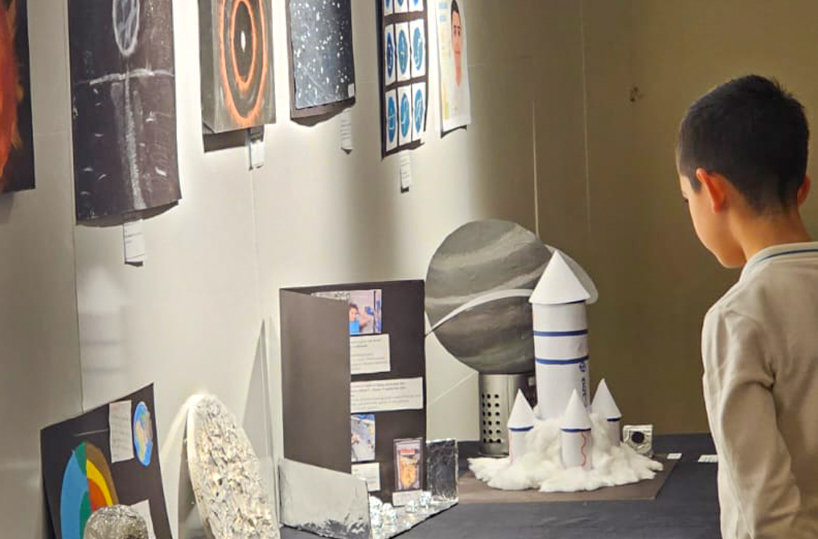
NÛN Schools Admissions for the 2026-2027 Academic Year are Now Open!
nûn schools admission process begins on march 7-8 for kindergarten and primary school students, an...

NÛN Foundation for Education and Culture Introduces the Side by Side Scholarship Program!
"i and the person who looks after an orphan and provides for him will be in paradise like this." ...

NUN Winter Camp Starts January 19th
nun schools starts its winter camp program, specially prepared for kindergarten, primary, and midd...

Serbest Kürsü (Open Forum)
open forum sessions provided a platform for students to share their interests, express ideas, and...

Personal Exhibitions
to support students’ artistic expression and showcase their individual interests, a series of pers...
21 MARCH SPRING EQUINOX EVENT
21 MARCH SPRING EQUINOX EVENT
September 23 and March 21 are the dates when the Sun rays fall at right angles to the equator. On these dates, the duration of day and night is equal everywhere on our planet (12 hours of night and 12 hours of day). The Sun rays fall on Istanbul, which is located on the 41˚ North parallel, at an angle of 49˚ on both days. This astronomy concept, which entered the Western literature as the "equinox", found its place in the works of Turkish-Islamic scholars as "ılım (equinox)". Today, the seasons that take place in our lives as spring and autumn have been called "spring" and "autumn" in a very wide geography for a long time.
When we look at the years physically, we only see them as "night-day equality" and "spring beginnings".
In this context, we organized a trip with our 9th grade students on March 30. During this trip, they learned the ecosystem we live in and took another step towards being sensitive to environmental pollution. We made the following observations within the scope of our event, which we held on a 4.2 kilometer track around the dam pond in Mahmutşevketpaşa Village of Beykoz:
A holistic view of the ecosystem
Modular view of the parts that make up the ecosystem
Examples of solidarity and conflict in the system
Places where diversity is high and low and the reasons for this situation
Change in nature - fall signs (air, water, soil, plant)
Vegetation layers
Benefits of the forest
Protecting and strengthening the forest
Plogging